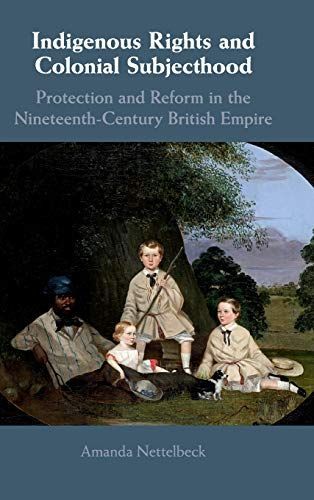
Indigenous Rights and Colonial Subjecthood: Protection and the ends of colonial governance; 2. Creating Aboriginal subjects of the Crown; 3. Distinctive designs: local arenas of protection; 4. Protector magistrates: mediating labour and law; 5. Intimate encounters with protection; 6. Recasting protection from rights to surveillance; Conclusion: protection and reform in the British Empire
"Amanda Nettelbeck explores how policies designed to protect the civil rights of indigenous peoples across the British Empire were entwined with reforming them as governable colonial subjects. The nineteenth-century policy of 'Aboriginal protection' has usually been seen as a fleeting initiative of imperial humanitarianism, yet it sat within a larger set of legally empowered policies for regulating new or newly-mobile colonised peoples. Protection policies drew colonised peoples within the embrace of the law, managed colonial labour needs, and set conditions on mobility. Within this comparative frame, Nettelbeck traces how the imperative to protect indigenous rights represented more than an obligation to mitigate the impacts of colonialism and dispossession. It carried a far-reaching agenda of legal reform that arose from the need to manage colonised peoples in an Empire where the demands of humane governance jostled with colonial growth"--